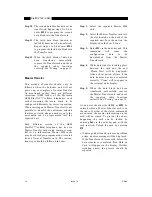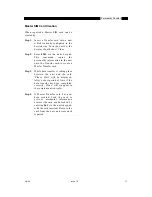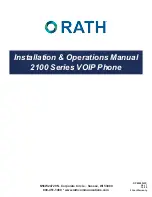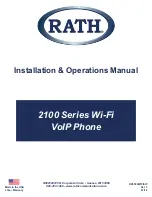
© 1998 Motorola, Inc.
Issue 1.0
3
THEORY OF OPERATION
StarTAC 160 (GSM)
Cellular Subscriber Sector
Theory of Operation
GSM System Overview
General Cellular Concept
The cellular systems are used to provide
radiotelephone service in the frequency
range 890-960 MHz. A cellular system
provides higher call handling capacity and
system availability than would be possible
with conventional radiotelephone systems
(those which require total system area
coverage on every operating channel) by
dividing the system coverage area into
several adjoining sub-areas or cells.
Each cell contains a base station (cell site)
which provides transmitting and receiving
facilities, for an allocated set of duplex
frequency pairs (channels). Since each cell is
a relatively small area, both the cell site and
the radiotelephone that it supports can
operate at lower power levels than would be
used in conventional systems.
NOTE
The following description is intended only
as a preliminary general introduction to
the Global System for Mobile communi-
cations (GSM) cellular network. This
description is greatly simplified and does
not illustrate the full operating capabili-
ties, techniques, or technology incorpo-
rated in the system.
Using this technique, radiation on a given
channel is virtually contained in the cell
operating on that channel and, to some
extent, those cells directly adjacent to that
cell.
Since the coverage area of a cell on a given
channel is limited to a small area (relative to
the total system coverage area), a channel
may be reused in another cell outside the
coverage area of the first. By this means,
several subscribers may operate within the
same geographic area, without interference
with each other, on a single channel.
GSM Description
Unlike previous cellular systems, GSM uses
digital radio techniques. The GSM system
has the following advantages over previous
analogue systems:-
•
International Roaming
-
Due to
international harmonization and
standardization, it will be possible to make
and receive calls in any country which
supports a GSM system.
•
Digital Air Interface
-
The GSM phone
will provide an entirely digital link
between the telephone and the base
station, which is, in turn, digitally linked
into the switching subsystems and on into
the PSTN.
•
ISDN Compatibility
-
ISDN is a digital
communications standard that many
countries are committed to implementing.
Содержание cd 160
Страница 7: ...viii Issue 1 0 2 6 98 StarTAC 160 GSM ...
Страница 9: ...2 Issue 1 0 2 6 98 StarTAC 160 GSM ...
Страница 13: ...6 Issue 1 0 2 6 98 StarTAC 160 GSM ...
Страница 17: ...10 Issue 1 0 2 6 98 StarTAC 160 GSM ...
Страница 25: ...18 Issue 1 0 2 6 98 StarTAC 160 GSM ...
Страница 31: ...24 Issue 1 0 2 6 98 StarTAC 160 GSM Step 4 Lift the white display clip off the transceiver board ...
Страница 65: ...58 Issue 1 0 2 6 98 StarTAC 160 GSM Figure 27 StarTAC Parts Illustration ...
Страница 67: ...60 Issue 1 0 2 6 98 StarTAC 160 GSM ...
Страница 75: ...68 2 6 98 ...











































